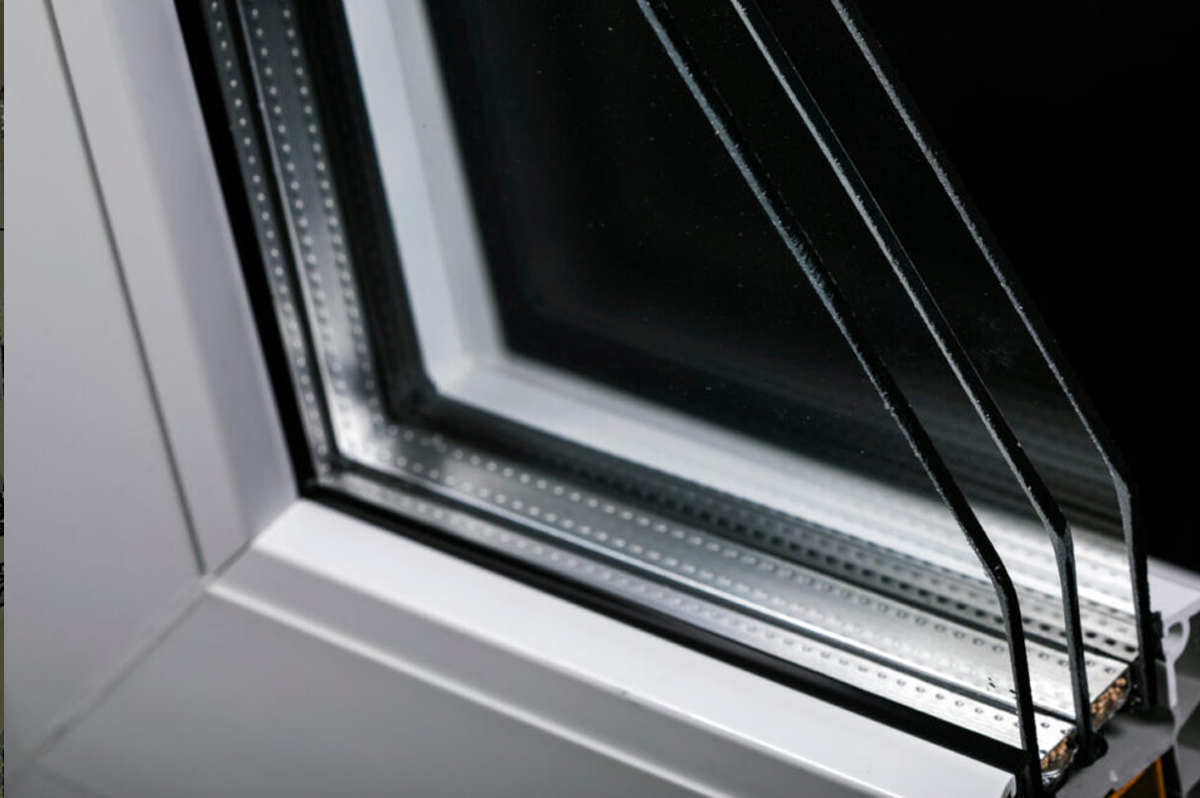
Understand the Benefits of Each Glazing Type to Make the Best Choice for Your Property
When choosing new or replacement windows, one of the most critical decisions you’ll face is selecting the right type of glazing. Glazing refers to the glass used within a window, and modern options go far beyond single panes.
Today, homeowners have three primary options: single glazing, double glazing, and triple glazing — each with its own performance characteristics, costs, and ideal applications. The difference lies not only in the number of glass layers but also in how they affect your home’s insulation, noise levels, and energy bills.
At Artan Window Solutions, we help property owners make informed decisions based on climate, budget, and performance goals. This guide will walk you through everything you need to know.
What Is Window Glazing?
Glazing refers to the number of panes of glass and the construction around them, such as gas fillings, coatings, and spacers that separate the layers. Here’s a quick breakdown:
- Single glazing: One layer of glass.
- Double glazing: Two panes of glass separated by a spacer, often filled with insulating gas like argon.
- Triple glazing: Three panes with two insulating chambers for maximum thermal performance.
Each level of glazing offers different levels of thermal insulation, soundproofing, and energy efficiency. Understanding the distinctions can help you find the best solution for your climate and needs.
Single Glazing: Outdated but Still Found in Older Homes
Once standard, single-glazed windows are now considered outdated for residential use — though still found in many older homes and garages.
Pros:
- Low cost: Cheaper than multi-glazed windows.
- Lightweight: Easier to install in older frames.
- Sufficient for sheds or outbuildings.
Cons:
- Poor insulation: Offers little protection from heat loss in winter or heat gain in summer.
- High energy bills: Less efficient = more heating/cooling costs.
- Condensation risk: Easily forms moisture in cooler climates.
- Noise leakage: Does little to block outside sound.
Verdict: Use only in non-insulated spaces or very mild climates. Otherwise, upgrade for comfort and cost-efficiency.
Double Glazing: The Standard for Modern Homes
Double-glazed windows are now the most popular choice in residential construction and renovation. They strike a balance between performance, affordability, and aesthetics.
What’s inside?
Two panes of glass are sealed with a spacer bar and often filled with argon gas, which slows heat transfer. Some units include Low-E (low-emissivity) coatings that reflect heat while allowing light in.
Pros:
- Better insulation: Reduces heat transfer by up to 50% compared to single glazing.
- Soundproofing: Quieter interiors in urban or high-traffic areas.
- Condensation control: Air gap helps prevent interior fogging.
- Energy savings: Cuts heating and cooling costs significantly.
- Wide availability: Easy to source and customize.
Cons:
- Higher cost than single glazing
- Less efficient than triple glazing in extreme climates
At Artan Window Solutions, we recommend double glazing for most homeowners in temperate climates like Long Island or New York City, where energy savings and comfort are a high priority.
Looking for modern, energy-efficient double-glazed windows? Explore our window replacement solutions or book a consultation today.
Triple Glazing: Premium Performance for Harsh Climates
As the name suggests, triple-glazed windows feature three panes of glass with two sealed air (or gas-filled) spaces in between. This added layer provides enhanced insulation and soundproofing.
Pros:
- Superior energy efficiency: Ideal for very cold climates — retains heat exceptionally well.
- Maximum sound insulation: Perfect for homes near highways, airports, or city centers.
- Comfort boost: Reduced cold spots near windows and more even interior temperatures.
- Improved security: Thicker profile offers increased protection from break-ins.
Cons:
- Higher cost: More expensive to purchase and install.
- Heavier: Requires stronger frames and may not suit older properties.
- Not always necessary in milder regions — benefits may not outweigh added expense.
Verdict: Best suited for northern or mountainous regions or homes with extremely high performance standards (e.g., Passive House).
Factors to Consider When Choosing Glazing
Climate
- Cold winters? Triple glazing may be a wise long-term investment.
- Mild or balanced temperatures? Double glazing typically offers enough protection.
- Tropical or hot regions? Focus on SHGC (Solar Heat Gain Coefficient) and Low-E coatings.
Noise Sensitivity
- Live in a loud area? Triple glazing provides noticeable noise reduction.
- Suburban or quiet neighborhood? Double glazing usually suffices.
Budget and ROI
- Triple glazing can add 10–20% to window cost but may take longer to pay off in energy savings.
- Double glazing typically offers the best balance of price and performance for most homeowners.
Existing Frames
- Older homes with wood frames may not be suitable for heavy triple-glazed units without reinforcement.
Cost vs. Value Over Time
While single glazing may seem cheaper upfront, it leads to higher monthly energy bills, increased condensation, and lower comfort. Double and triple glazing, by contrast, improve property value, extend lifespan, and cut HVAC use.
- Double glazing can reduce heating costs by up to 30% annually.
- Triple glazing offers additional savings in cold regions but at a steeper initial price.
Want to estimate energy savings or ROI for your home? Contact Artan Window Solutions for a free glazing consultation.
Conclusion: So, Which Is Right for You?
- Choose single glazing only if energy efficiency isn’t a concern (e.g., sheds, garages).
- Choose double glazing for most homes — ideal for balancing performance and affordability.
- Choose triple glazing for extreme climates, luxury upgrades, or sound-sensitive environments.
Whichever option you choose, investing in the right type of glazing now will improve your home's comfort, efficiency, and value for years to come.